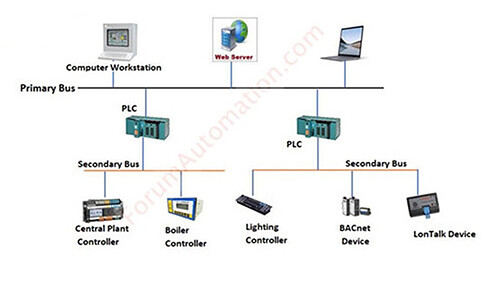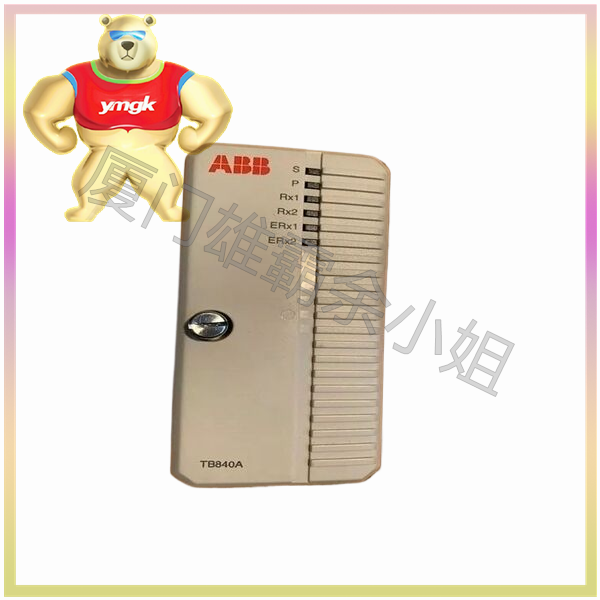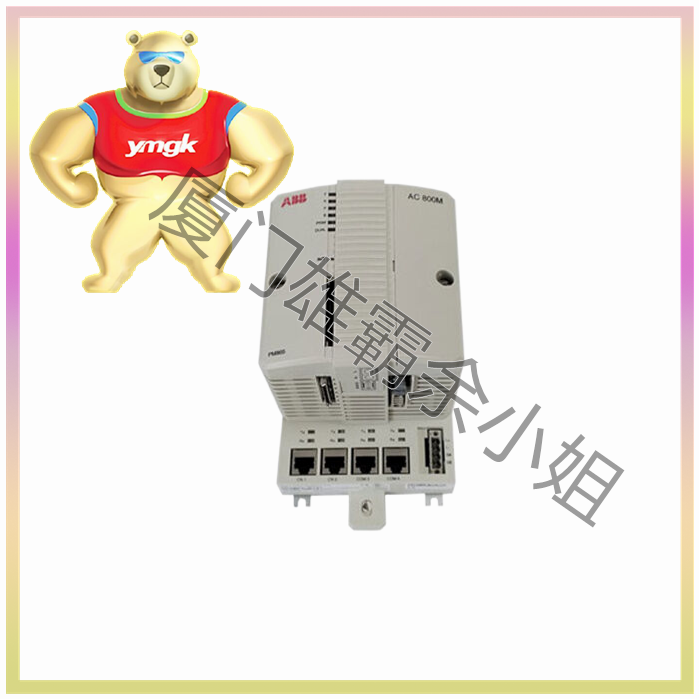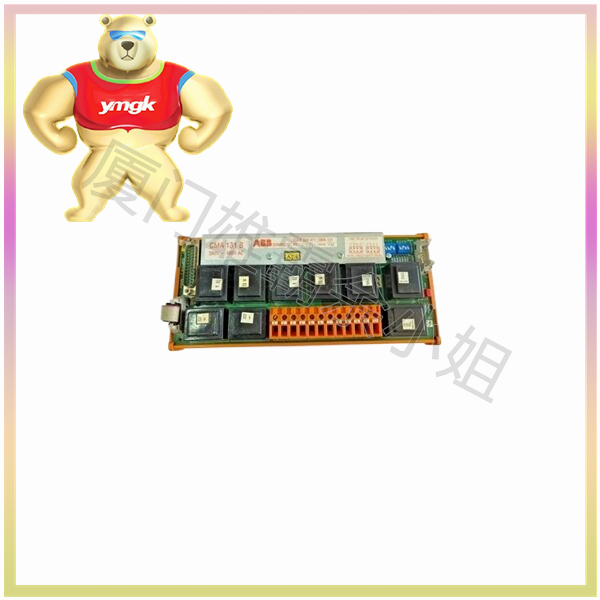Solid state relay is a fully electronic circuit combination component that relies on the electromagnetic and optical properties of semiconductor devices and electronic components to achieve its isolation and relay switching functions. Compared with traditional electromagnetic relays, solid-state relays are relays without mechanical and moving parts, but have basic functions similar to electromagnetic relays.
Solid state relays are widely used in industrial automation control, such as electric furnace heating systems, mature control machinery, remote control machinery, motors, solenoid valves and signal lights, flashlights, stage lighting control systems, medical equipment, copiers, washing machines, fire safety systems, etc. Many applications. Reliable operation, contactless, spark free, long lifespan, no noise, no electromagnetic interference, fast switching speed, with the aim of directly driving high current loads with small control signals.
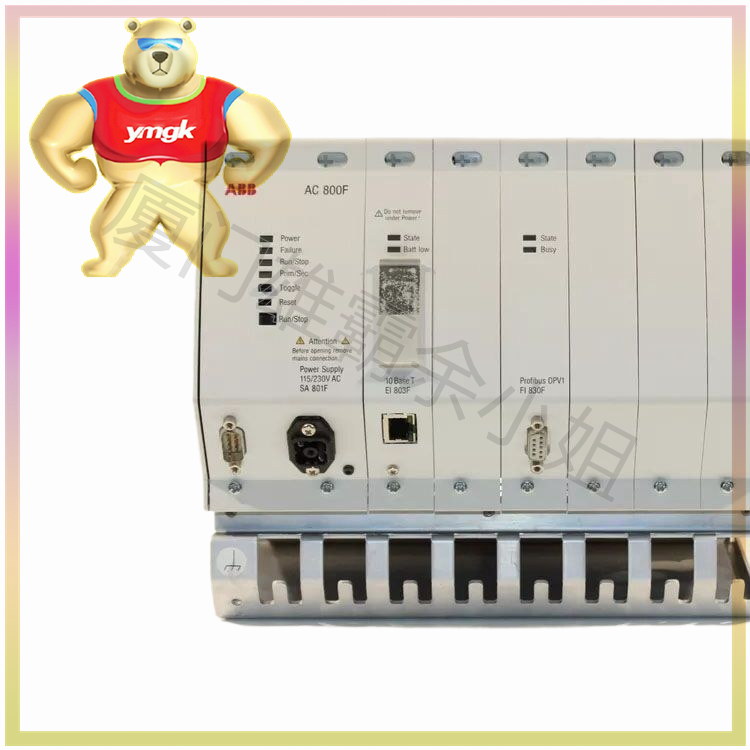
Advantages of Solid State Relays
·High lifespan and high reliability. Solid state relays do not have mechanical components, and solid-state devices perform contact functions. Due to the absence of moving parts, they can operate in high impact and vibration environments. Due to the inherent characteristics of the components that make up solid-state relays, solid-state relays have long lifespan and high reliability.
·High sensitivity, low control power, good electromagnetic compatibility. Solid state relays have a wide input voltage range and low driving power, and are compatible with most logic integrated circuits without buffers or drivers.
·Quickly switch. Due to the use of solid-state devices in solid-state relays, the switching speed can range from a few milliseconds to a few microseconds.
·Low electromagnetic interference. Solid state relays do not have input “coils”, no arcing or rebound, thus reducing electromagnetic interference. Most AC output solid-state relays are zero voltage switches, conducting at zero voltage and closing at zero current, reducing sudden interruptions in current waveforms and thus minimizing switch transient effects.
Ordinary relay
It usually consists of relay coils and static and dynamic contacts. The movable contact operates through the electromagnetic attraction of the relay coil, thereby achieving the connection and disconnection of the circuit. So there is mechanical motion. When the current reaches a certain level, sparks will be generated at the contacts. The sparks and mechanical movements during the action process will have a certain impact on its lifespan. The advantages of traditional relays are simple driving, good isolation, and good short-term overload tolerance. The disadvantages of traditional relays are large size, slow response speed, and high power consumption when driving relays.
Solid state relays and ordinary relays
- Structure. Ordinary relays work by utilizing the suction effect generated by the input circuit between the ordinary iron core and armature; Solid state relays use electronic components to perform their functions without the need for mechanical moving components, and the input and output are isolated.
- Working mode. Ordinary relays use the principle of ordinary induction to control the on/off of circuits through the power of ordinary iron. Therefore, when the coil is connected to direct current, the contacts can communicate with alternating current and direct current; Solid state relays rely on electrical, magnetic, and optical characteristics to achieve their isolation and relay switching functions. Therefore, it is divided into DC input-output type, DC input-output branch output type, AC input-output type, and AC input-output type.
- Work status. Ordinary relays use the suction effect generated between armatures to turn on and off circuits. Therefore, the action response is slow, there is noise, and the lifespan is limited; Solid state relays respond quickly, operate without noise, and have a long service life.
- Use environment. Under the influence of factors such as temperature, humidity, atmospheric pressure, sand pollution, chemical gases, and common interference, ordinary relays are generally inferior to solid-state relays.

